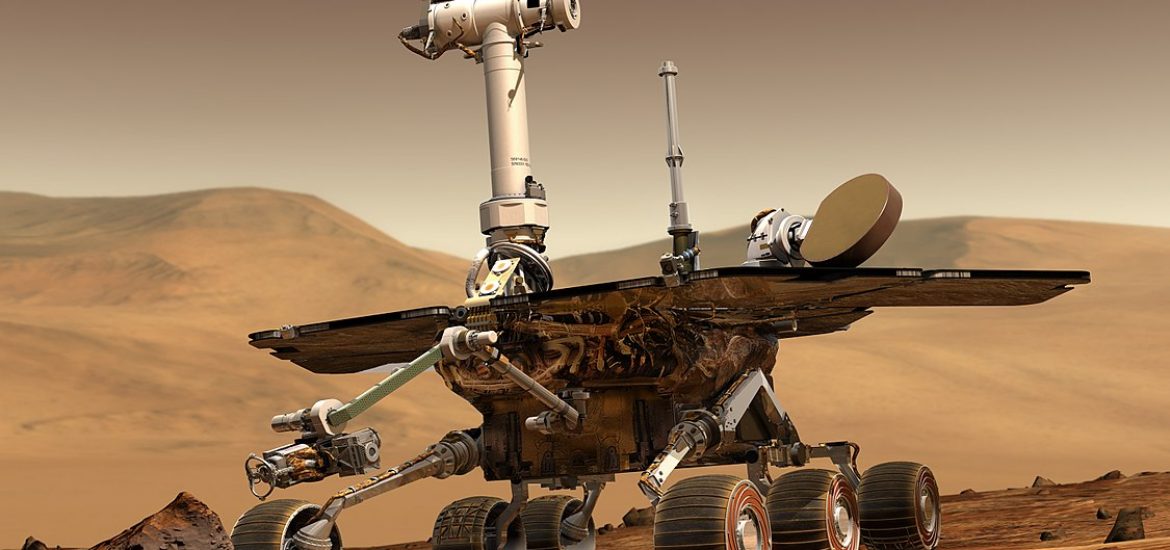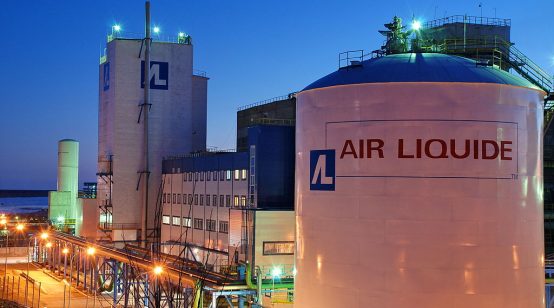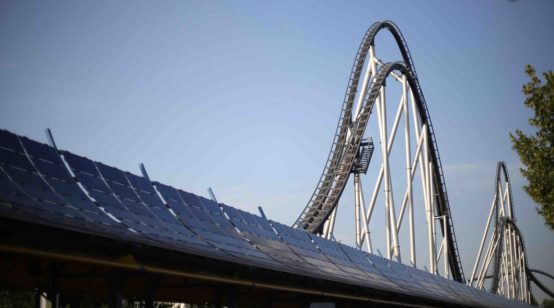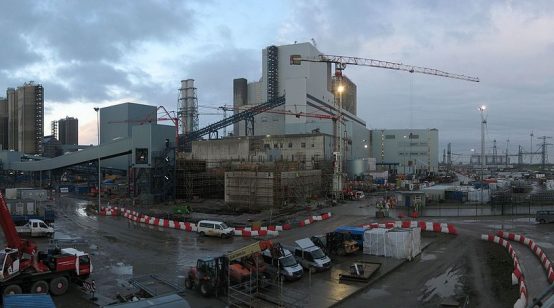
Russian researchers say they have developed a nuclear battery design based on nickel-63, which can slowly and consistently release power over many years.
Some nuclear batteries work through a process known as betavoltaics where a radioactive source inside the device decays and emits electrons and positrons and when these interact with a semiconductor layer they can create an electric current.
Providing a weak current over a long time makes nuclear power sources appropriate for applications where it is hard to change the battery, such as spacecraft or pacemakers.
The study said: “This new technology is important from an economic standpoint because high-quality diamond substrates are very expensive and therefore mass-production of converters by substrate thinning is not feasible.”
The team from the Moscow Institute of Physics and Technology, Technological Institute for Superhard and Novel Carbon Materials and the National University of Science and Technology used the radioactive isotope nickel-63, which has a half-life of over a century. The researchers said they designed a new layout that improved the battery’s power density.
Any prospect of commercial development was limited by a lack of nickel-63 enrichment capacity, according to the research, which reported plans to launch production on an industrial scale by the mid-2020s.
The researchers said the design had nickel-63 layers just two microns between diamond diodes measuring 10 microns. The prototype of the nuclear battery contained 200 of the diamond energy converters and achieved a power output of about 1 microWatt (μW) and its power density was 10 μW per cm3, which means it could power a pacemaker.
Nickel-63’s 100-year half-life means the nuclear battery boasts about 3,300 milliWatt-hours of power per gram, which researchers claim is 10 times more than existing options.
The Russian team wrote: “We report here for the first time a fabrication of betavoltaic battery prototype consisting of 200 single conversion cells based on Schottky barrier diamond diodes which have been vertically stacked with ~24% 63Ni radioactive isotope.
“The maximum electrical output power of about 0.93 μW was obtained in total volume of 5 × 5 × 3.5 mm3. We used the ion-beam-assisted lift-off technique to obtain conversion cells of minimal thickness comparable with the characteristic penetration length of beta-particles emitted by 63Ni isotope,” the team said.
Space missions would benefit from prolonged battery life. Picture credit: Wikimedia





